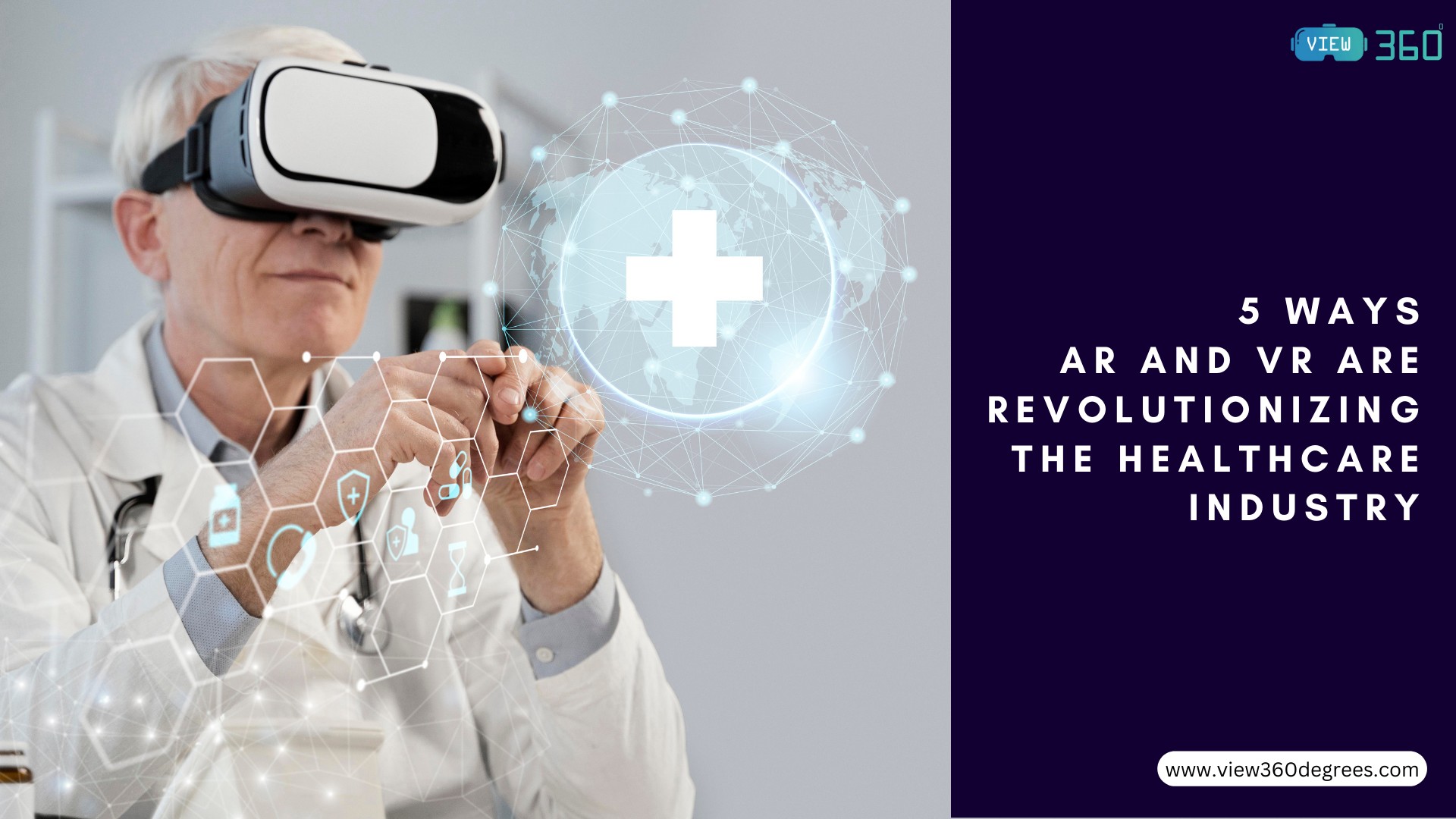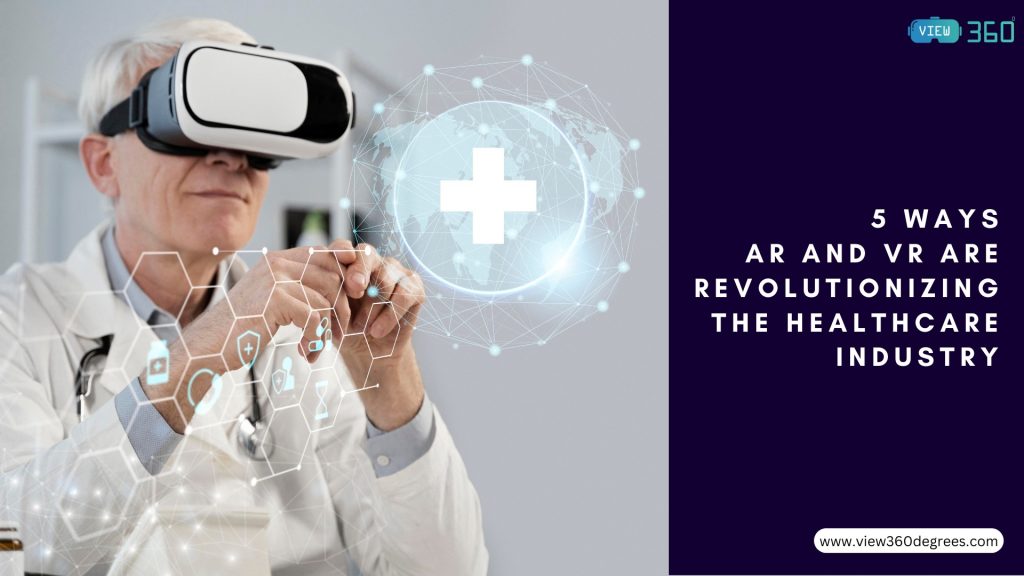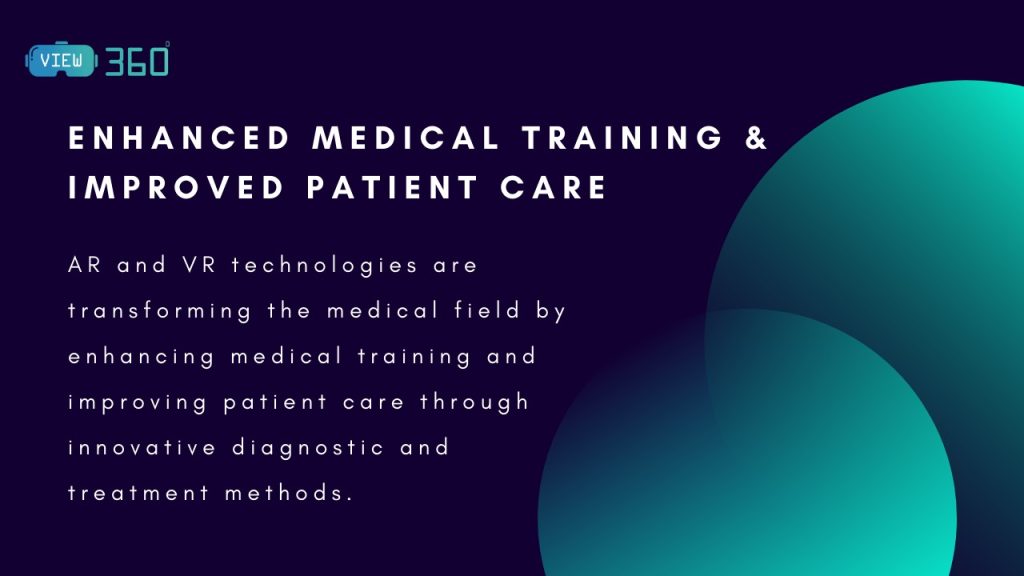- BLOG
- FOR EVENT VENUES
- FOR REAL ESTATE
- FOR EDUCATIONAL INSTITUTES
- FOR HOTELS / RESORTS
ASIA
UG-06, MGF Metropolis Mall, MG Road, Gurugram, India. [email protected] +91-98-0360-0360
EUROPE
Unit 701, 105 London Street, Reading, England, United Kingdom, RG1 4QD [email protected] +44-7802660040
NORTH AMERICA
18 Martinridge Way, NE Calgary, AB T3J 3C8 [email protected] +1-6047041245







